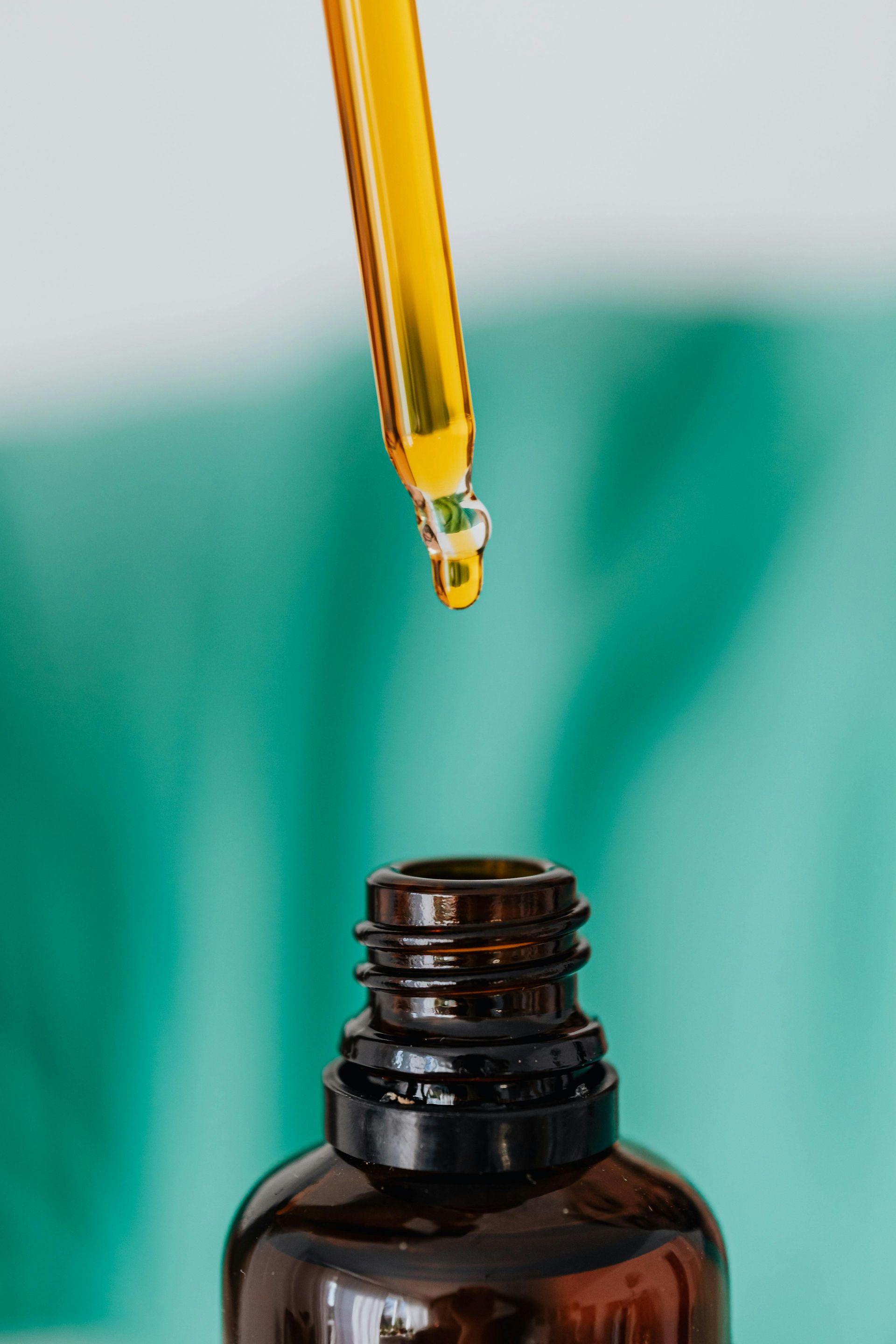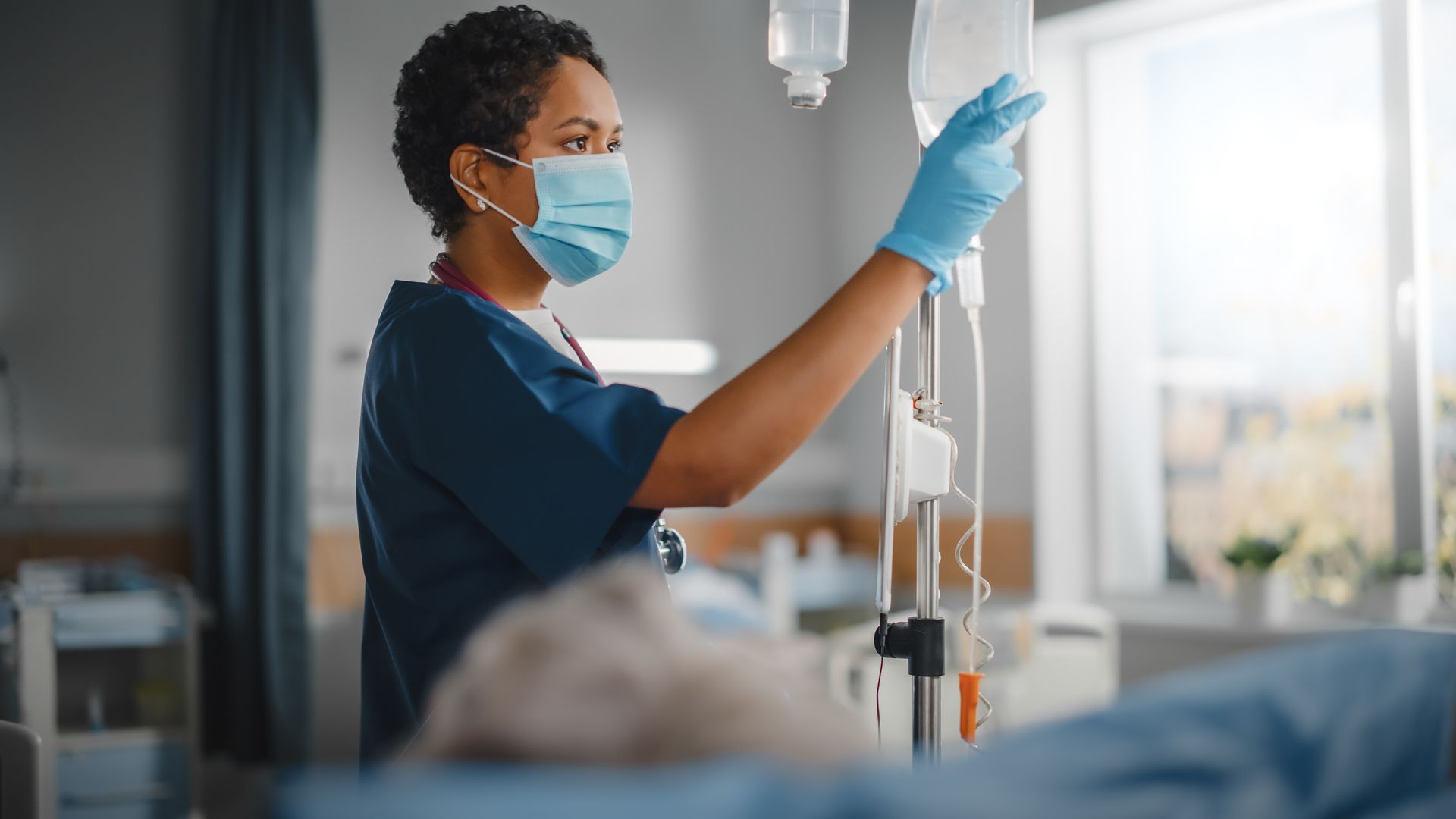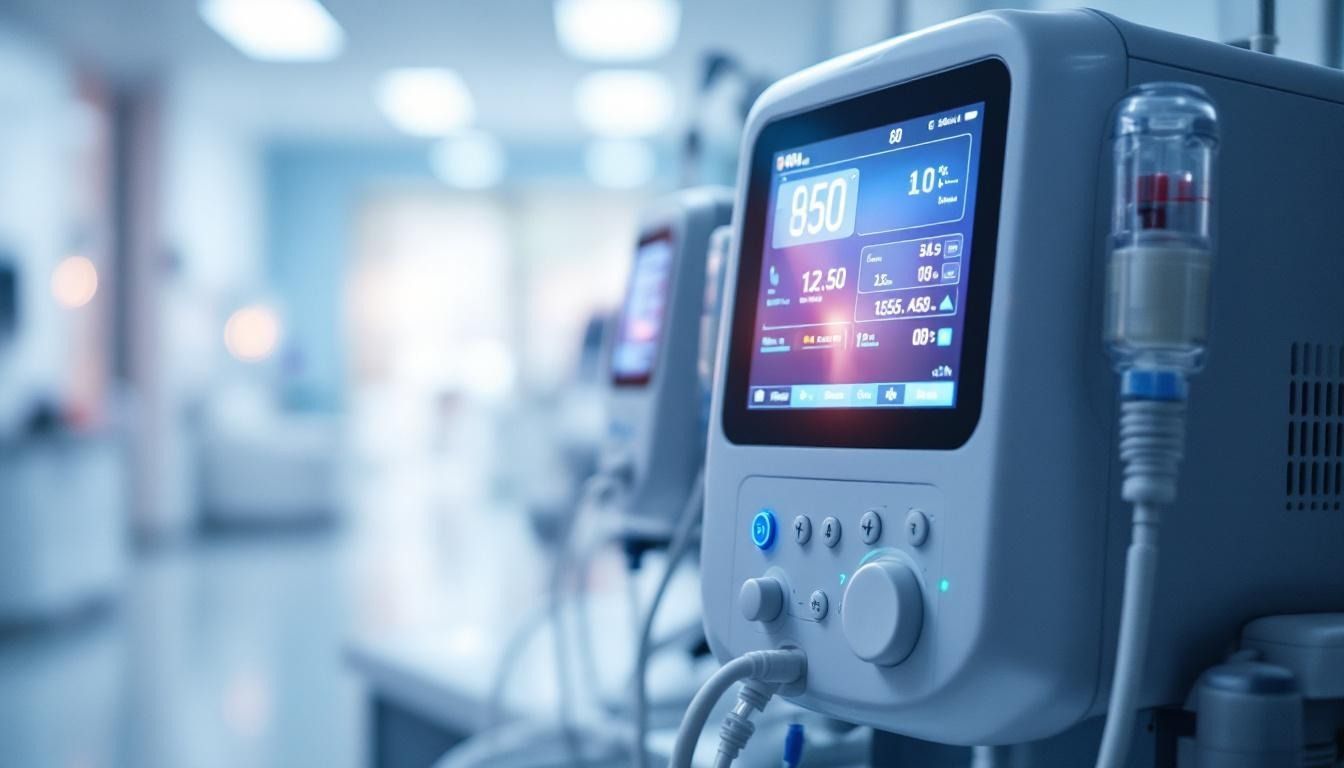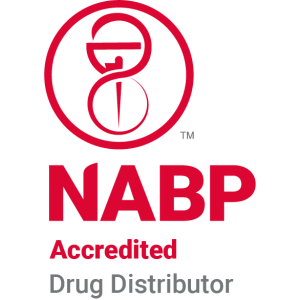How is injectable therapy made safe?
Introduction to Injectable Therapy Safety
In today's medical landscape, injectable therapies have become integral to treating numerous conditions, delivering swift and targeted relief. However, ensuring the safety of these procedures is paramount. This includes rigorous adherence to hygiene protocols, understanding the guidelines issued by health organizations like the CDC and WHO, and recognizing potential risks. With a proliferation of injectable options available today—ranging from PRP and prolotherapy to Botox—patients and providers alike must be informed and cautious. This article delves into the essential practices, recommendations, and precautions that underpin safe and effective injectable treatments.
Understanding Safe Injection Practices

What are the safe injection practices recommended by health organizations?
Safe injection practices, as recommended by health organizations such as the WHO and CDC, emphasize the importance of using a new, sterile needle and syringe for every patient and injection. Reusing needles or syringes on multiple patients poses significant risks for disease transmission, including serious infections like hepatitis B, hepatitis C, and HIV.
Healthcare providers must adhere to strict hygiene protocols, encapsulated in the critical principle: "One Needle, One Syringe, Only One Time" . This means that:
- Single-dose vials are intended for use with only one patient and should never be reused to prevent contamination.
- Multi-dose vials should be used carefully, ideally assigned to a single patient when possible, and only accessed from a clean environment.
- Proper hand hygiene must be practiced before and after injection procedures, alongside the necessity for gloves when handling blood or bodily products.
Moreover, it's vital that healthcare providers participate in continuous training on infection control practices. This ensures that they remain aware of the latest guidelines and protocols, effectively protecting both patients and themselves from avoidable health risks. The reinforcement of these principles helps cultivate familiarity with safe injection techniques, ultimately promoting better health outcomes.
Steps to Administer a Safe Injection

How do you give an injection safely?
To give an injection safely, it's crucial to follow a series of well-defined steps that prioritize cleanliness and proper technique.
-
Preparation and Administration Techniques
- Hand Hygiene : Start by washing your hands thoroughly with soap and warm water to eliminate any pathogens.
- Gather Supplies : Collect all necessary equipment, including a new, sterile syringe, needle, medication, and antiseptic wipes.
- Selecting the Injection Site : Choose an appropriate site for the injection. Common sites include the deltoid muscle in the arm, vastus lateralis muscle in the thigh, or the ventrogluteal muscle in the hip.
- Site Disinfection : Clean the chosen injection site using a 60-70% alcohol-based solution to further reduce the risk of infection.
- Syringe Preparation : Prepare the syringe with the medication. Ensure that the needle remains sterile throughout this process.
- Injection Angle : Administer the injection at a 90-degree angle for intramuscular injections to ensure the medication is delivered deep into the muscle.
- Needle Disposal : Safely dispose of the needle in a designated sharps container immediately after use to prevent needle-stick injuries.
-
Use of Sterile Equipment
- Always use a new, sterile syringe and needle for each patient, adhering to the principle of "one needle, one syringe, one patient". Avoid transferring medication between vials and refuse any single-dose vial that appears to contain more than one dose to minimize contamination risks.
-
Post-Injection Monitoring
- After the injection, apply gentle pressure to the site to minimize bleeding. Monitor the patient for any potential adverse reactions, which could include soreness, swelling, or signs of an allergic response. Ensure patients are aware of what to observe post-injection and when to seek further medical attention if needed.
Risks of Unsound Injection Practices

What makes an injection unsafe?
Injections become unsafe primarily due to improper practices such as reusing needles and syringes, which can facilitate the transmission of life-threatening infections. Unsafe injection practices can occur in various procedures like the administration of anesthetics, IV medications, and vaccines. Reusing equipment increases the risk of spreading diseases such as hepatitis B, hepatitis C, and HIV.
The World Health Organization (WHO) provides guidelines to prevent needle reuse and reduce injuries by advocating the use of new, sterile syringes for each patient. WHO also highlights infection prevention and control measures across healthcare settings, assisting in combating healthcare-associated infections and antimicrobial resistance.
Potential infections from unsafe injections
Failure to adhere to safe injection protocols can have dire consequences, leading to serious risks including the transmission of bloodborne pathogens. The most common infections resulting from unsafe practices encompass:
- Hepatitis B and C: These viruses can cause chronic liver disease and are transmitted through contaminated needles.
- HIV: Unsafe injections pose a significant risk of acquiring this virus, which leads to AIDS if untreated.
- Bacterial infections: These can occur from contaminated injection sites or equipment, resulting in severe health issues.
Ensuring proper technique and equipment sterilization is critical. Education and ongoing training for healthcare providers play an essential role in mitigating these risks, as improper techniques can lead not only to individual harm but also to broader public health concerns.
Consequences of improper technique
Improper injection techniques can lead to a range of complications, including:
- Infections: Both local and systemic infections can arise from unsanitary practices.
- Vascular injury: Injecting into arteries or nerves can lead to significant complications, including pain or loss of function.
- Increased healthcare costs: Treating infections or complications resulting from unsafe injections can burden healthcare systems.
Understanding safe injection practices, including hand hygiene and the importance of using aseptic techniques, is essential to ensure patient safety and prevent potential harm from injections intended to promote health.
Seven Steps for Ensuring Safe Injections

What are the 7 steps for giving a safe injection?
Ensuring safe injections is critical to preventing the spread of infections and ensuring patient safety. Here is a comprehensive list of the seven steps for giving a safe injection:
-
Clean Work Space : Start by ensuring a clean work environment. This helps prevent contamination from dirt and bacteria that can lead to infections.
-
Hand Hygiene : Prior to handling injections, perform thorough hand hygiene. Wash hands with soap and water or use an alcohol-based hand sanitizer to eliminate any microorganisms.
-
Use New Equipment : Always utilize a new, sterile syringe and needle. It is recommended to use safety-engineered devices which reduce the risk of needle-stick injuries and discourage reuse.
-
Sterile Vials : Ensure that any medication or diluent comes from a sterile vial. Single-dose vials are optimal, as they are designed for single use to prevent contamination.
-
Follow Injection Techniques : Adhere to recommended techniques when administering injections. This includes following the right angle of insertion and the correct depth to avoid damaging tissues or nerves.
-
Safe Disposal : After the injection, dispose of needles and syringes in designated sharps containers. This minimizes the risk of injury to others and further infections.
-
Monitor Patient : Lastly, monitor the patient for any immediate adverse reactions post-injection. Keeping an eye on the patient can help identify any complications early to ensure prompt care.
By following these steps, healthcare providers can significantly mitigate risks associated with unsafe injection practices, thus preventing the transmission of serious infections like hepatitis B, hepatitis C, and HIV. Training and advocacy materials from organizations such as WHO are invaluable resources to help implement these practices effectively.
Regulatory Standards and Safety-Efficient Devices

Regulations by Health Organizations
Various health organizations, including the World Health Organization (WHO), have established strict guidelines to ensure safe injection practices. These recommendations include:
- Using new syringes and needles for each patient to prevent cross-contamination.
- Single-dose vials should only be used for one patient to minimize the risk of contamination.
- Multi-dose vials must be stored and accessed in a clean area and ideally dedicated to a single patient.
- Aseptic techniques are required during preparation and administration to avoid contamination.
Healthcare professionals are educated on these standards to protect patient safety and reduce the risks associated with unsafe injection practices, such as the transmission of bloodborne pathogens like hepatitis B and C, and HIV.
Safety-engineered Syringes
WHO's guidelines also promote the use of safety-engineered syringes . These syringes are designed to minimize the risk of needle-stick injuries and prevent the reuse of needles. Features include:
- Automatic retracting capabilities , reducing the chances of accidental needle exposure.
- Safety locks that keep the needle shielded after use.
Implementing safety-engineered devices contributes significantly to a safer healthcare environment and safeguards both patients and healthcare workers.
Safety in Platelet-Rich Plasma (PRP) Injections
Process and safety of PRP
Platelet-Rich Plasma (PRP) injections utilize the patient’s own blood, minimizing risks of allergic reactions and infections. The process begins with drawing a blood sample, which is then processed in a centrifuge to concentrate the platelets. This platelet-rich plasma is subsequently injected into the targeted area to facilitate healing.
To ensure safety, PRP preparations must adhere to strict sterile techniques. It is vital for qualified medical providers to perform this procedure to mitigate possible risks like infections due to improper handling.
Healing factors and risks
PRP injections can accelerate healing by increasing the concentration of growth factors in the treated area, leading to faster recovery times and reduced pain. However, while serious side effects are uncommon, minor reactions such as soreness or bruising at the injection site may occur, alongside potential nerve injuries or tissue damage.
The autologous nature of PRP enhances its safety profile, yet it remains crucial for patients to communicate their medical history, ensuring a tailored approach to injection therapy.
Prolotherapy and Its Safety Considerations
Natural healing through prolotherapy
Prolotherapy is a non-surgical treatment aimed at stimulating the body's natural healing processes by creating controlled inflammation. The procedure involves injecting a solution, typically a dextrose solution, into injured areas, which in turn stimulates collagen production necessary for repairing damaged connective tissues. This technique has been utilized for over 2,500 years, noting its historical significance in pain relief, particularly for conditions like arthritis and ligament laxity.
Potential risks and safety
Though prolotherapy carries a very low risk of serious side effects when performed by skilled professionals, complications can still arise. Risks may involve infection, nerve injury, or tissue damage. Therefore, it is essential that patients disclose complete medical histories, including allergies and medical conditions, to ensure their safety. Additionally, adhering to strict sterile techniques during the injection process helps significantly reduce infection risk, allowing patients to benefit from this innovative approach safely.
Ensuring Safety in Botox Administration
Safety management in Botox
Botox injections are among the most popular cosmetic procedures and require careful safety management. Administered by licensed healthcare providers, the process begins with thorough patient evaluations to identify any contraindications. Patients must disclose all medications, as some may heighten the risk of bruising at the injection site. It’s also essential that patients avoid rubbing or applying pressure to the treated area for 12 hours post-injection, and refrain from strenuous activities for 24 hours to ensure optimal outcomes.
Approval and guidelines
The safety of Botox is bolstered by lab-based production processes where technicians dilute and sterilize the botulinum toxin. This stringent quality control minimizes the risk of botulism, making Botox injections relatively safe. Moreover, recommended FDA guidelines underlie the importance of proper administration techniques. Licensed providers must adhere to these standards to maintain patient safety and minimize adverse effects, thus preserving the treatment's reputation for safety and efficacy.
Concluding Thoughts on Injectable Therapy Safety
The advancement of medical injections offers profound benefits, yet ensuring the safety of injectable therapies is a collective responsibility involving healthcare providers, regulatory bodies, and patients. By adhering to protocols, using safety-engineered devices, and complying with recommendations from reputable health organizations, the risks typically associated with injectable treatments can be minimized. Continuous education and robust safety measures are essential to protect patient health and enhance the therapeutic efficacy of injections.
References
- Safe Injection Practices and Your Health | Injection Safety - CDC
- Preventing Unsafe Injection Practices | Injection Safety - CDC
- Platelet-Rich Plasma (PRP) Injections - Johns Hopkins Medicine
- Best practices for injection - NCBI
- Injection safety - World Health Organization (WHO)
- Getting Off: The Basics of Safer Injection
- Prolotherapy: What It Is, Uses & Side Effects - Cleveland Clinic
- Is PRP Injection Safe? | Chicago Stem Cell Therapy













